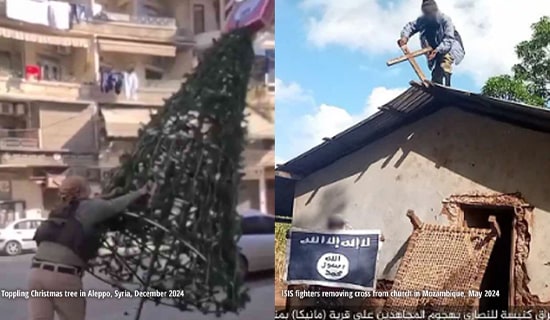The following are examples of references to jihad and martyrdom in Palestinian Authority schoolbooks. The references appear in books for the subjects of Islamic Studies, Arabic and Language.
Martyrdom
An Arabic textbook for grade 7 (Part I, p. 75) features the following poem, titled "The Martyr", by Palestinian poet 'Abd Al-Rahim Mahmoud (for the Arabic original, see Appendix, Figure 1):
I carry my life in my hand
And cast it into the abyss of perdition.
[Give me] either a life that gladdens the heart of a friend
Or a death that hurts the enemy.
What kind of life is this if I do not sow fear
In the safe haven [of the enemy]?
By my life, I see my death,
Yet I hasten my steps towards it.
I see myself dying without gaining my stolen right
And without my hoped-for homeland.
The ring of steel is pleasant to my ear
And the stream of blood gladdens my soul
[His] body fell on the barren plains,
And was devoured by the desert beasts,
His blood painted the soil crimson
And perfumed the east wind.
He sleeps and dreams the dream of eternity
And enjoys the best of dreams.
By my life, that is a death worthy of men
And whoever craves an honorable death, here it is.
On p. 79 of the same book, students are asked to write an essay about a Palestinian or Arab female martyr (see Appendix Figure 2).
An exercise in Part II of this book (p. 49) asks students to write an essay about a martyr they knew and mention details like his name, his place of birth, his achievements, how he was martyred, "society's attitude towards his family after his martyrdom," and the status of martyrs in Islam (see Appendix Figure 3).
Also in Part II, a grammar exercise on p. 57-58 uses an article from the Palestinian daily Al-Ayyam that mentions Palestinian mothers who bury their sons while ululating in joy and fathers who bury their sons while promising to sacrifice their other sons as well (see Appendix Figure 4).
In a language textbook for grade 10, an exercise on p. 51 requires students to consider the sentence: "The Khansaas of Palestine offer up their children for the sake of the victory of Allah and his Messenger."
Khansaa is an early Islamic heroine who celebrated the martyrdom of her sons who died waging jihad (see Appendix Figure 5).
An exercise on p. 93 uses the sentence "I swear by my honor that I will continue on the path of the martyrs" (see Appendix Figure 6).
In a grade 6 Arabic textbook (Part I, p. 34), a reading comprehension exercise asks the students to explain why the poet addresses the issue of the martyrdom of children (see Appendix Figure 7).
A grammar exercise on p. 101 refers to a Koranic verse (3:169): "Do not consider those who died for the sake of Allah as dead, rather as alive, at their Lord sustained" (see Appendix Figure 8).
An Islamic Studies textbook for grade 9 (Part I, p. 5) quotes Koran 47:4-6: "Therefore, when ye meet the Unbelievers, smite at their necks; At length, when ye have thoroughly subdued them, bind a bond firmly (on them): thereafter (is the time for) either generosity or ransom: Until the war lays down its burdens. Thus (are ye commanded): but if it had been Allah's Will, He could certainly have exacted retribution from them (Himself); but (He lets you fight) in order to test you, some with others. But those who are slain in the Way of Allah, He will never let their deeds be lost."
The lesson discusses the rewards of the martyrs who sacrifice their souls for the sake of Allah: Their sacrifices and their actions are not in vain; rather, Allah accepts their sacrifice, forgives all their sins and houses them in the highest level of Paradise with the Prophets and Messengers (see Appendix Figure 9).
Jihad
An Islamic Studies textbook for grade 10 (Part I, p. 8-9) presents justification for war against the polytheists and quotes Koran 9:14: "Fight them; Allah will torture them by your hands and will disgrace them and give you victory over them and satisfy the breasts of a believing people; And remove the fury in the believers' hearts..." (see Appendix Figure 10)
A grade 6 Islamic Studies textbook (Part I, p. 33) discusses Ramadan as "the month of power, jihad and action" and lists famous Islamic battles that took place during this month (see Appendix Figure 11).
An Islamic Studies textbook for grade 8 (Part II, p. 28) discusses the goals of jihad. It states that the mujahid must be pure in his intentions: he must not fight for the sake of gaining booty or enhancing his prestige, but in order to bring about the victory of Islam and make Allah's Word supreme. The section quotes Koran 8:60: "And prepare against them whatever you are able of power and of steeds of war by which you may terrify the enemy of Allah and your enemy and others besides them whom you do not know [but] whom Allah knows. And whatever you spend in the cause of Allah will be fully repaid to you, and you will not be wronged" (see Appendix Figure 12).
A grade 8 language textbook (Part II, p. 55) quotes a hadith by Abu Huraira, who quoted the Prophet as saying: "He who dies without having raided [the enemies of Islam] or without having thought of doing so dies with a characteristic of hypocrisy within him" (see Appendix Figure 13).
An Islamic Studies textbook for grade 7 (Part I, p. 64) discusses the Prophet's wife 'Aisha as an exemplary Muslim woman. It states that she participated in jihad for the sake of Allah and in the battle of Uhud, took care of the wounded and brought water to the fighters, and urged the Muslims to wage jihad (see Appendix Figure 14).
On Honoring Agreements:
A grade 9 Islamic Studies textbook (Part I, p. 52-54) includes a section on Treaty of Hudaybiyya between Muhammad and the Quraysh Tribe. Page 54 lists the lessons to be derived from this treaty, one which is that Muslims must honor their agreements with others as long as these agreements conform to the directives of Islam (see Appendix Figure 15).
Appendix
Figure 1:
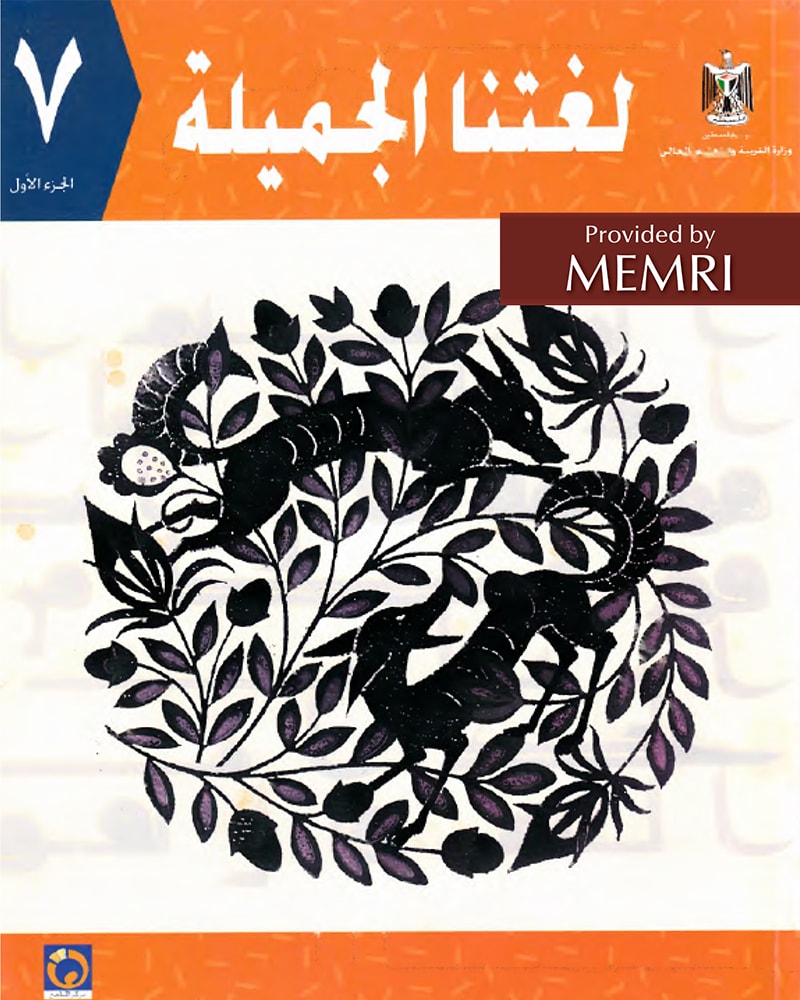

Figure 2:
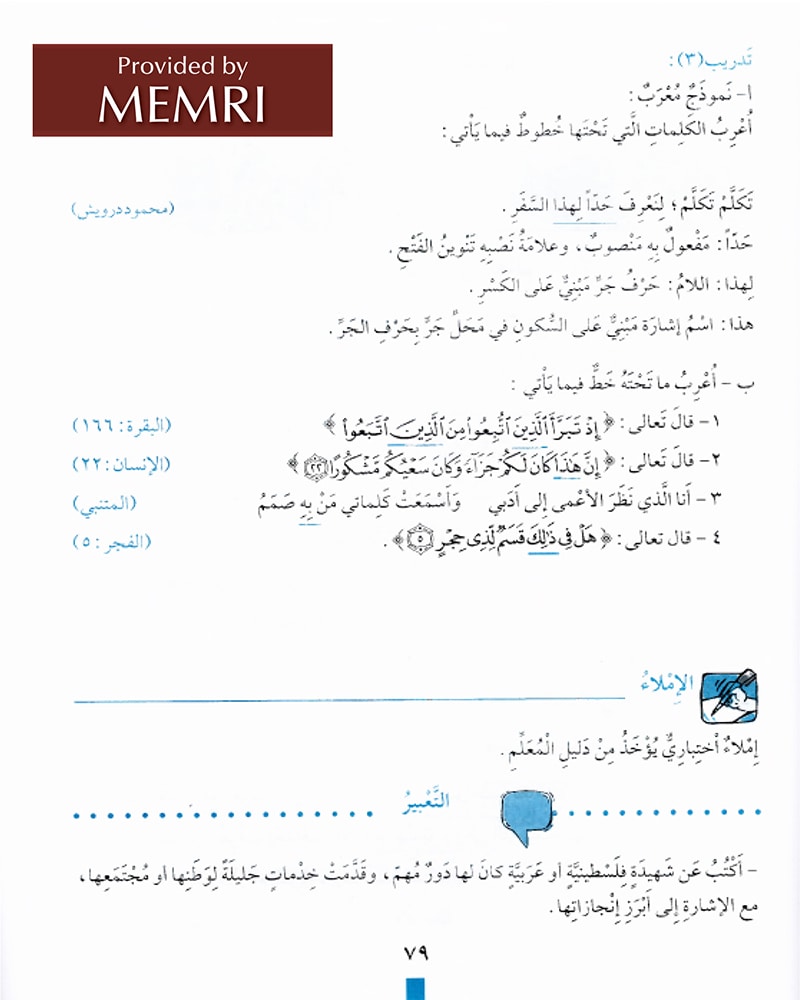
Figure 3:
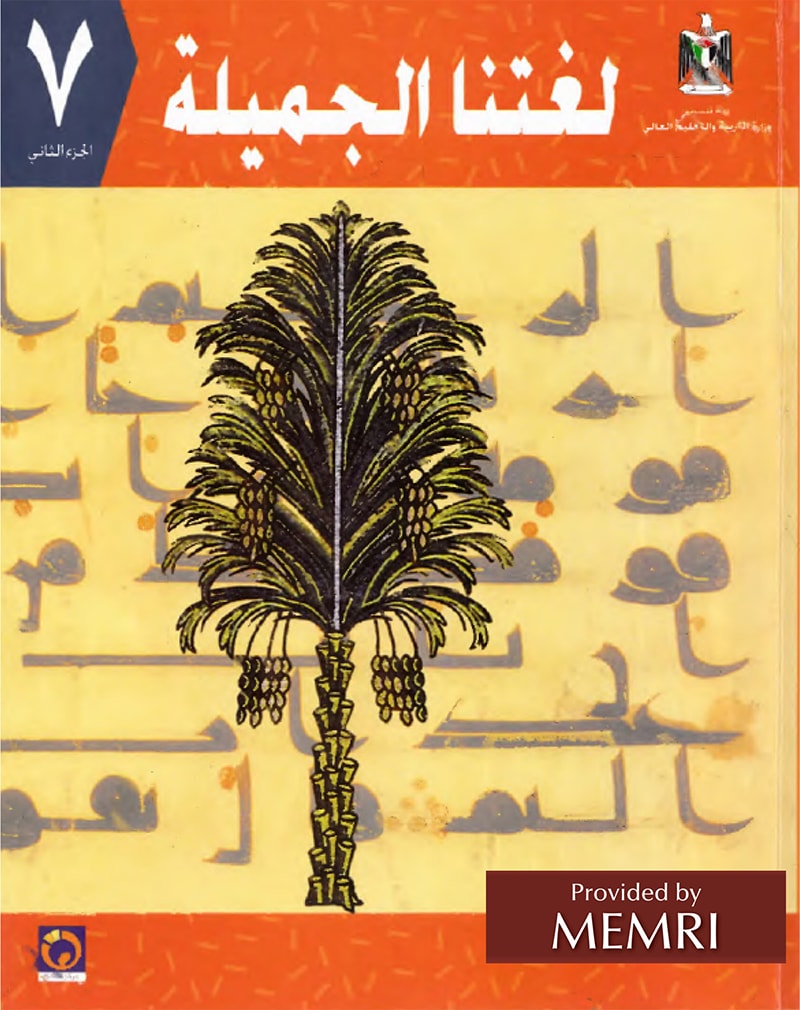

Figure 4:
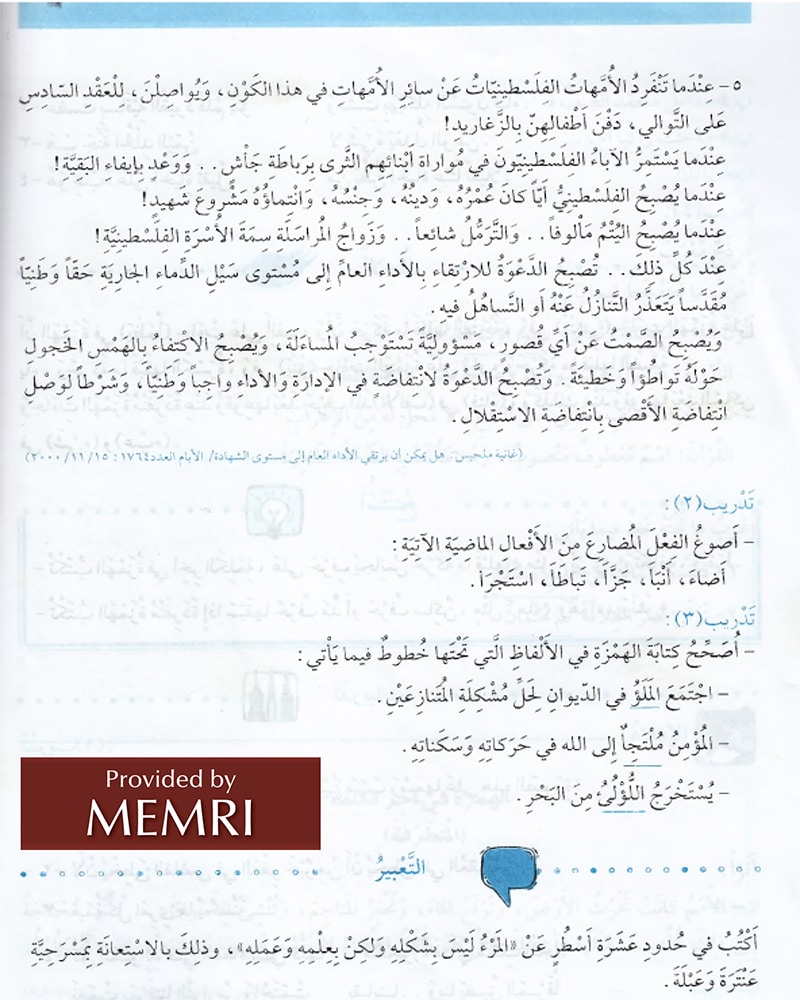
Figure 5:

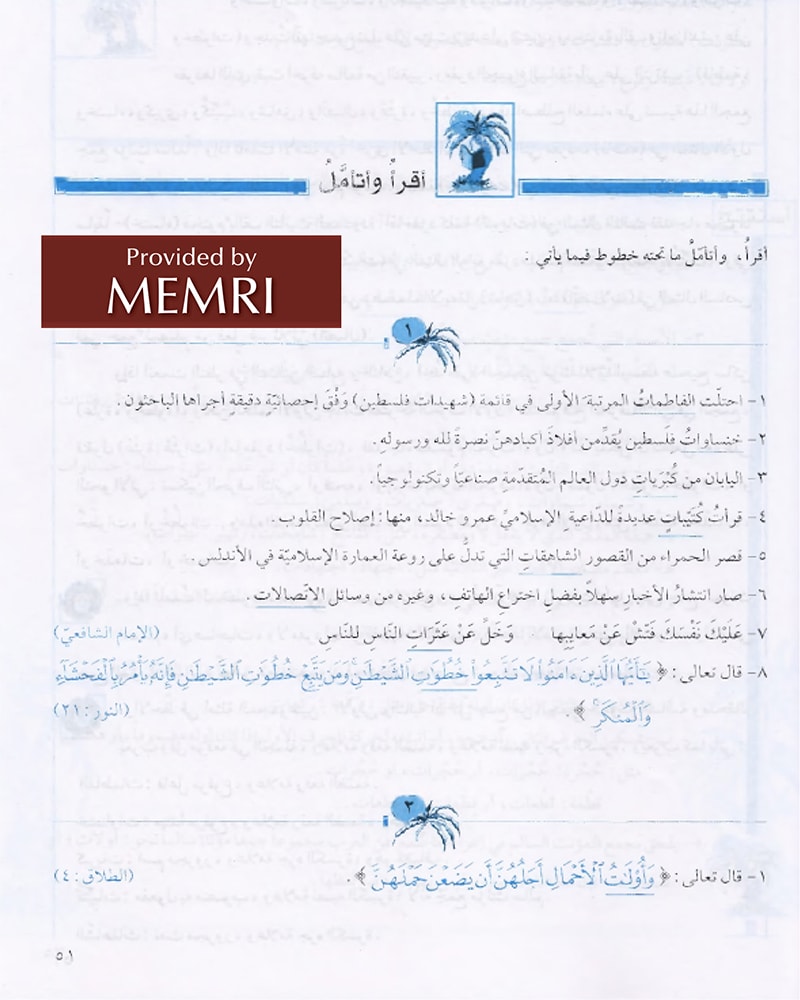
Figure 6:

Figure 7:


Figure 8:

Figure 9:


Figure 10:



Figure 11:


Figure 12:


Figure 13:


Figure 14:


Figure 15:






